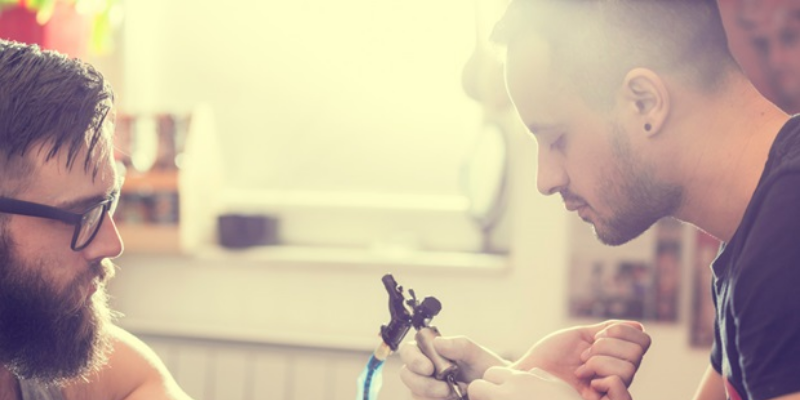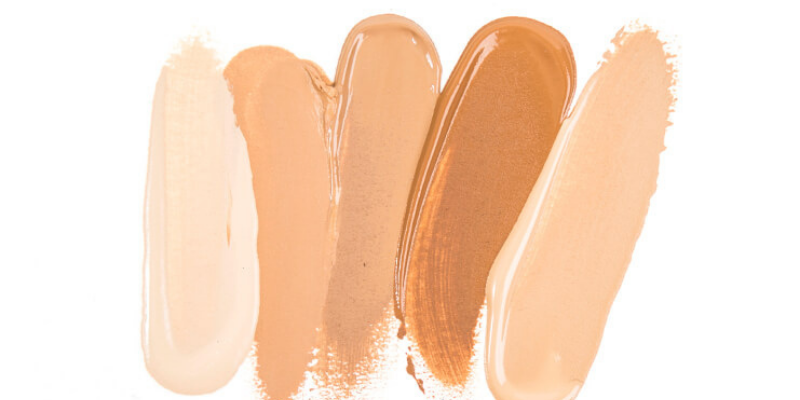Tattoos are a kind of body change in which a person makes use of a needle to inject ink, pigment, or dye into the skin’s dermis layer. Although tattooing has grown extra famous and headaches are rare, there are still health risks with these procedures.
Tattoos have been around since the mid-1800s. Originally, tattoos had been used for curative, religious, and cultural purposes. Fast forward 170 years later and tattoos are more prevalent than ever before. Individuals from all over the global are selecting to cover their bodies with ink as a manner to express themselves in a uniquely creative way. However, as more and more human beings pick to decorate their body with ink, we can’t assist but ask: is this safe?
HOW TATTOOS ARE DONE?
A tattoo is a permanent mark or layout made on your skin with pigments inserted through pricks into the skin’s top layer. Typically, the tattoo artist makes use of a handheld device that acts similar to a sewing device, with one or more needles piercing the skin repeatedly. With every puncture, the needles insert tiny ink droplets.
The process — which is accomplished without anesthetics — causes a small amount of bleeding and mild to probably significant pain.
RISKS
Allergies
If your skin is sensitive to certain perfumes, make-up products, or lotions, then you might need to think two times earlier than getting a tattoo.
It is fairly common for people to have a hypersensitive reaction to the dyes utilized in tattoos. Sometimes people are under the inaccurate assumption that tattoos contain harmless paint or ink. However, this ink is actually filled with many chemical substances and unnatural ingredients which could irritate a person’s skin.
If you recognize which you have sensitive skin or have common allergic reactions, it is probably great to discuss with an allergist previous to getting a tattoo.
Hepatitis
Hepatitis is a major concern when it comes to getting a tattoo. It is transmitted almost exclusively from individuals who share needles with one another. This is why it’s absolutely crucial to investigate your tattoo parlor before allowing them to ink you.
Visit their shop multiple times and make sure that all employees are wearing gloves and using new, clean needles before they tattoo every customer. If you notice someone using the same needle for multiple tattoos or individuals, run away!
Keloids
A keloid is an enlarged scar that resembles a bump on the skin. It includes greater scar tissue and may arise from trauma on the skin. As the tattoo needle pierces the surface, it is able to reason tiny injuries, in which keloids may develop.
Swelling
Swelling Trusted Source across the tattoo is a common issue. In the tattoo process, the skin stories trauma from the needle penetrations, which ends up in swelling.
Protection of tattoos
To minimize the health risks, consider the following precautions:
Choose a professional or licensed studio
Due to the potential fitness risks, tattoo licensing regulates and governs the exercise of tattooing.
There is no federal law on the regulations and practice of tattooing in the United States. However, states pass their personal legal guidelines concerning licensing, and now no longer they require tattooists and premises to have a license.
Discuss preexisting medical conditions with a doctor first
If someone has a preexisting medical condition, including diabetes, it can be really well worth discussing the tattoo with their medical doctor first. This is due to the fact while a person has diabetes that is poorly controlled, they’ll experience a delay or impairment in their recovery processes.
Check the studio and equipment are clean
Signs that a tattoo studio has a good level of hygiene include:
- They have a sharps container to dispose of used needles.
- After a tattoo, someone cleans all stations and surfaces.
- The tattoo artist makes use of gloves and changes them among sessions.
- The tattoo artist makes use of a brand new needle for every customer.
AFTERCARE TIPS
To make certain that the tattoo heals well, the tattoo artist will generally offer aftercare tips. Firstly, because the tattoo is an open wound and micro organism ought to infect it, it’s miles great to keep away from the following:
- swimming pools for up to two weeks
- direct daylight for up to two weeks
- heavy workout for as much as 48 hours
To keep the tattoo clean and promote healing, a person should consider:
Gently cleansing the area: Advice may vary among tattoo artists, however, someone has to clean their new tattoo or 3 times an afternoon with antibacterial cleaning soap and lukewarm water.
Applying moisturizer: After washing and drying the area, a person should moisturize the tattoo. The moisturizer has to be fragrance-free. Some tattooists advise diaper rash cream.
Drinking water: This is vital because it will help keep the skin moisturized Trusted Source.
Do not itch: While the tattoo heals, it’s miles ordinary for it to come to be itchy. If a person scratches and rips off the scabs, this will create a better danger of infection. It can also be a reason the tattoo to seems barely faded.



